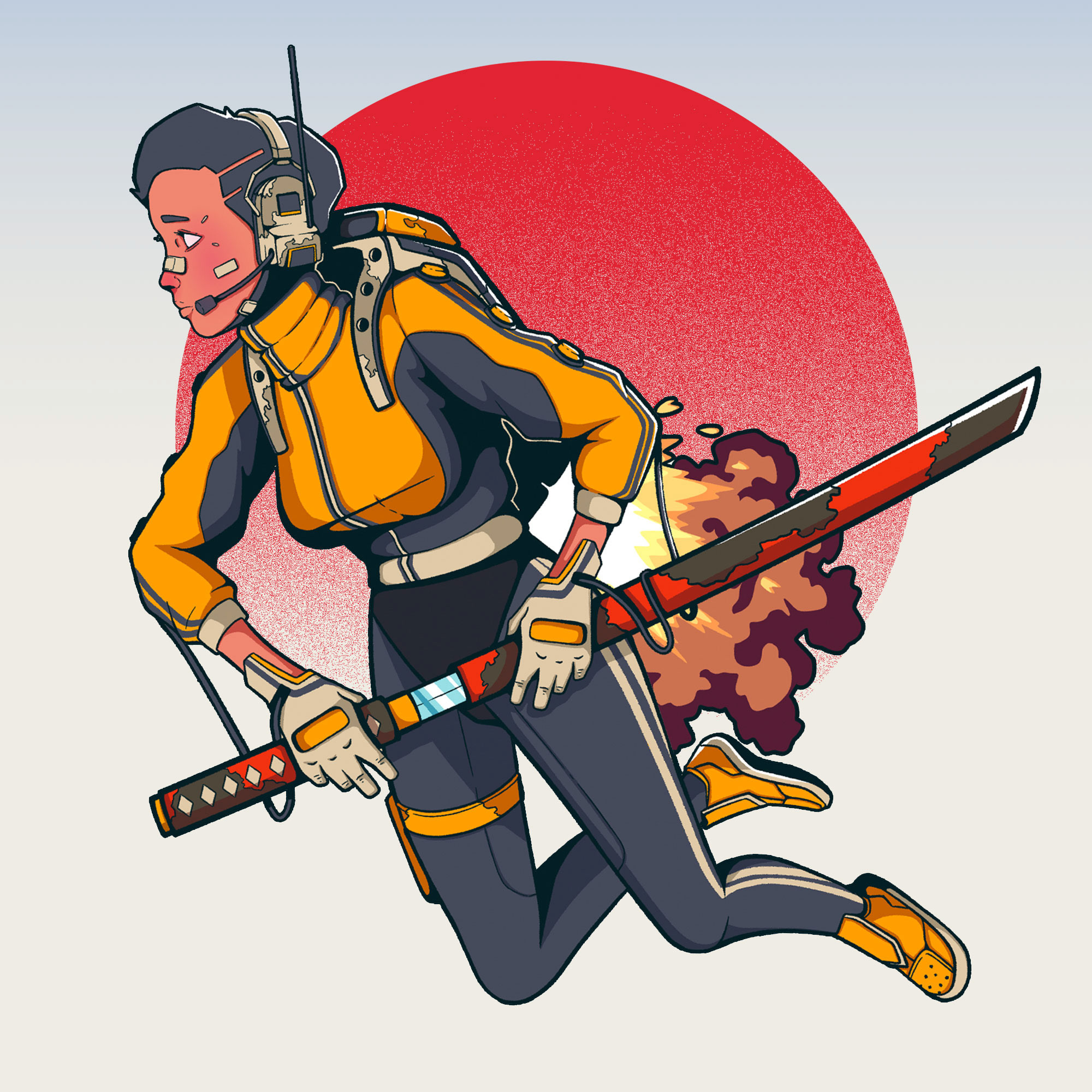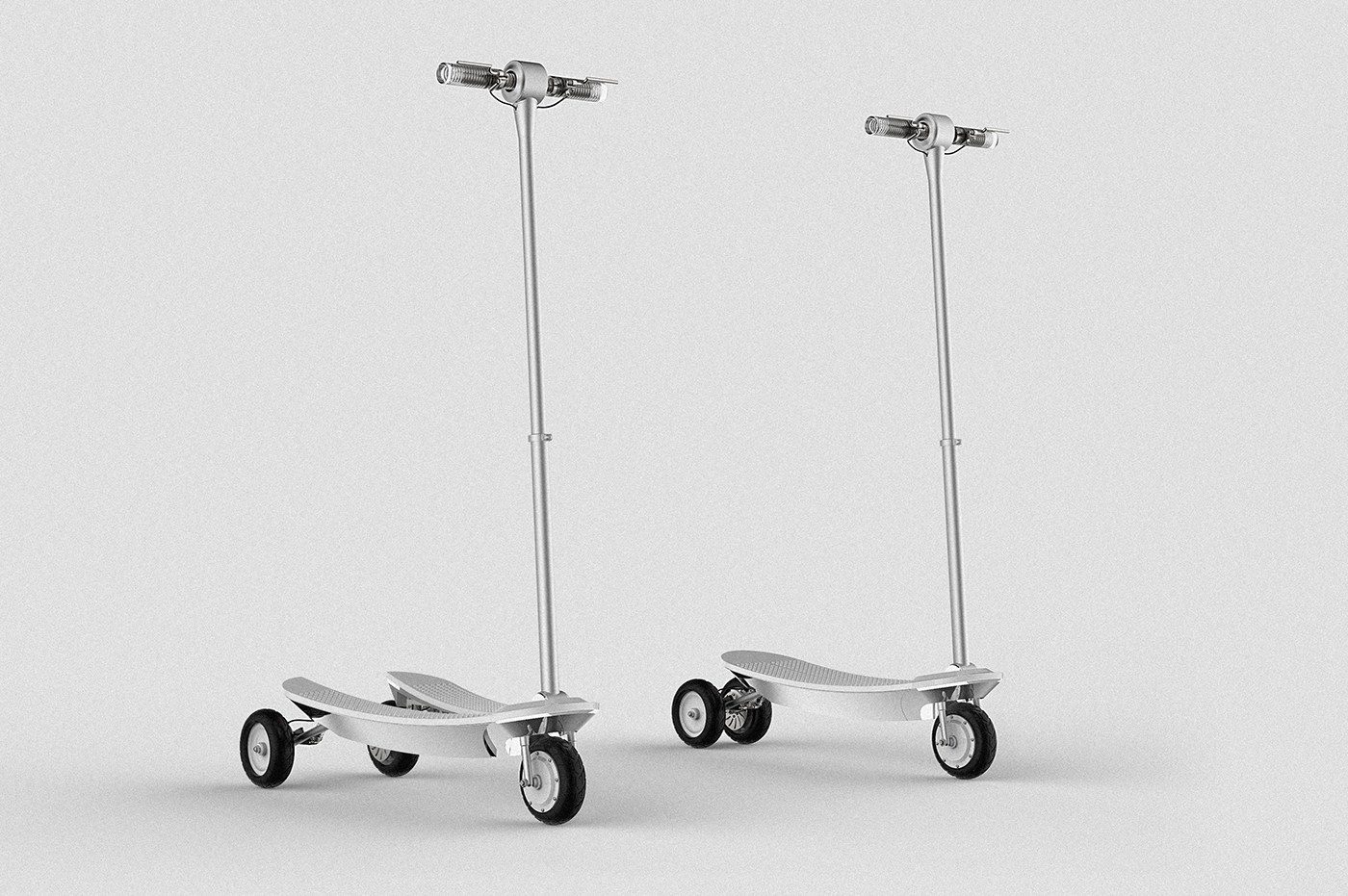
I had to design an electrically assisted kick-scooter for adults at school. When we got the brief, I thought that the most interesting point was that the scooter had to be "cool" with potential cult status (like iProducts, sneakers, etc.). My first opinion was that there is a fundamental contradiction in this issue because kick-scooter is not a popular product among adults –at least in Budapest.
However, I had to overcome this unsubstantiated and subjective statement, so I tried to disclose the real nature of the relationship among the scooter and the customers.
However, I had to overcome this unsubstantiated and subjective statement, so I tried to disclose the real nature of the relationship among the scooter and the customers.
My main question was:
"What is the reason that scooter is not such a popular vehicle in spite of being practical, affordable and easy to use?"
Firstly, I tried to answer this question by carrying out a complex qualitative research after which I also created an online questionnaire. Then I realized that people are not aware that the scooter is a practical and affordable product which is easy to use. This result made me understand that first of all a kick-scooter has to demonstrate its distinctive marks and the already existing design solutions in this field are not satisfactory.
According to the real users' and my experiences, the kick-scooter is considered to be really practical. The main reasons for this are that the scooter is affordable and easy to store. It can be brought to the public transport, it doesn't have to be locked and anyone can use it thanks to its handlebar. If you use it together with a car or other means of public transport it can be very useful and eco-friendly, it is easy to put into operation and it also provides opportunity to exercise. On the other hand, it can be enjoyable for families and kick-scooter is a perfect "first vehicle" for children.
It also can be said that, despite the fact that there are more and more adults using scooter, the kick-scooter is still far from being as popular as the car or the bicycle. As it can be concluded in my research, a lot of people associate scooter and children with each other in a way that none of them can be taken seriously. In general, most of the people have never thought of scooter as a vehicle because of its reputation as a toy. This means that the scooter has not a culture of transportation yet. Furthermore, it is interesting that a few respondents think the "potential cult status" of the scooter is lost, because anyone can use it, therefore people cannot show their "power". Consequently, the scooter doesn't have a prestige value compared with the skateboard or the car. However, more respondents think they would not be able to use it in spite that they have never tried it before. There are similar preconceptions concerning the slowness and difficulty of transportation.
Besides, there were some other main reasons why the respondents did not use the kick-scooter. They simply thought that they cannot identify themselves with it. They were dissatisfied with the form and the ratios and they thought that it was uncomfortable, the mechanism is too simple and the position is burdensome and too static.
In addition to respondents’ answers, I also collected some concrete functional problems:
- Slowness
- Discontinuous propulsion
- Instability
- Static and uncomfortable position
- Sensitivity to terrain
- Lack of brake which makes people think that it’s unsafe
- The storage is not always solved
Some of them have been solved by the electricity, but i had to find solutions for every "problems".
In case of the most of design, the compromise is too much for the storage against the comfort and other functions. I tried to find the balance among these layers and design a kick-scooter in "vehicle status" .
On the other hand, radically, there are only two stylistic parts of the scooters already on the market. The first part is the classical "scooter form", the T-shape, which is commonly used but most of them look the same. The quality, size, price and details are different, and there are a lot of clever solutions for different problems. However, a layman cannot take them apart from each other.
The other group is the futuristic one in case of which the designers want to renovate the whole form, but the results are so stranger and unfamiliar that people cannot accept them. They look interesting and different but they're so far from our material culture that they rather look like some "come alive sketches" than real vehicles.
Therefore I tried to find the balance between these ways too. My aim was to design an industrial stuff (to show the mechanism and use them as decorative parts, and to make the scooter more trustworthy as a vehicle) in a clean minimalistic form spiced with the visual culture of the old sci-fi movies. This combo is perfect to make something new with elements which are already exist.
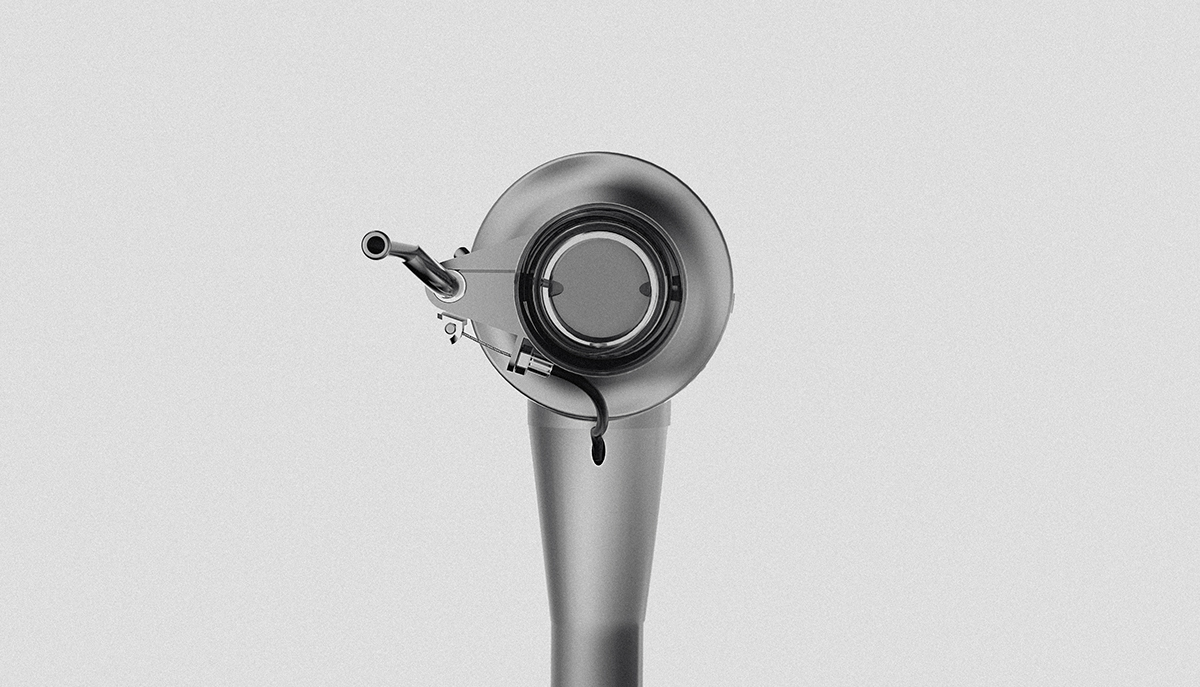
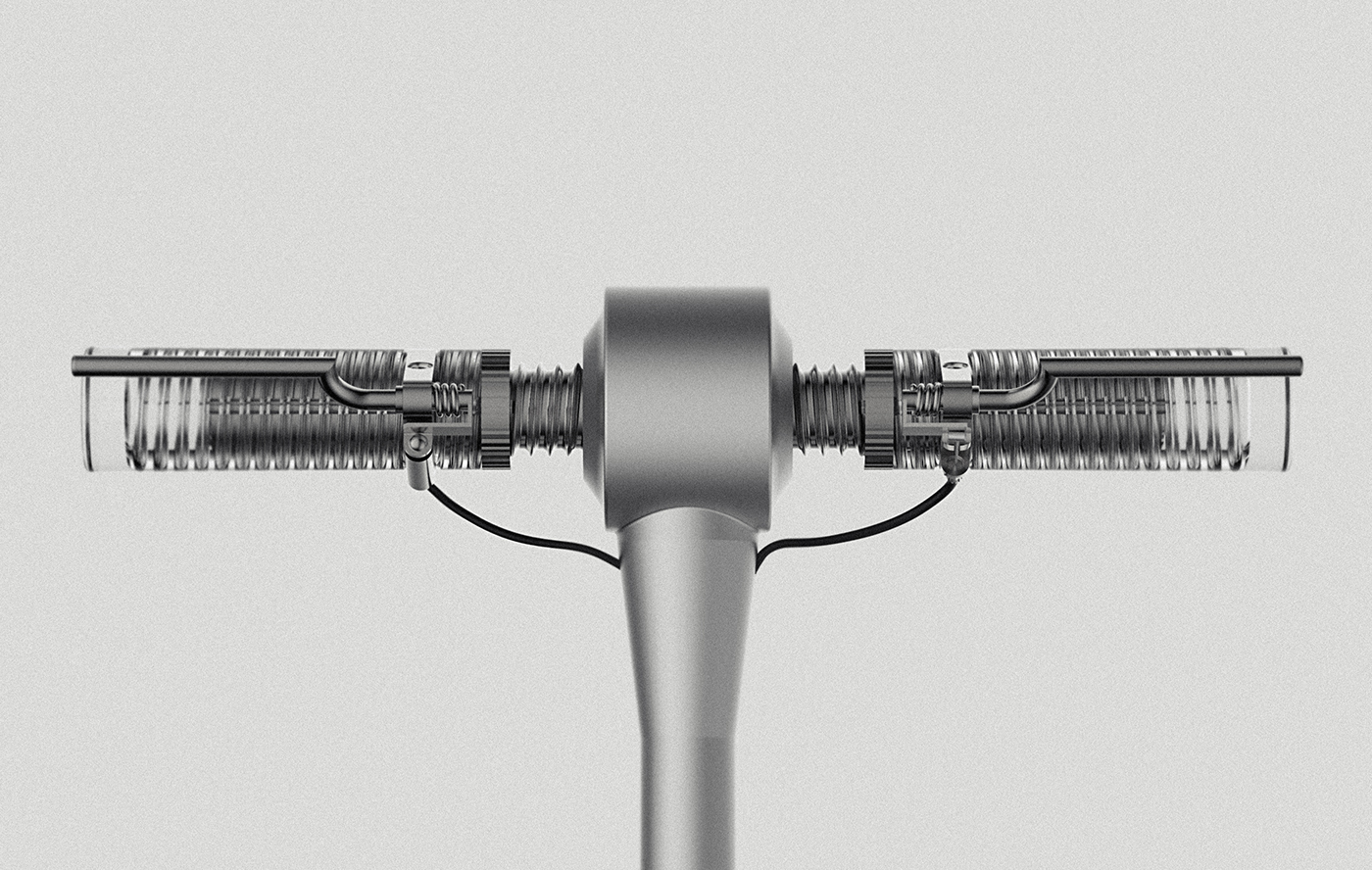
Existence of break results in a sense of security for users. I chose hand brake because the bicycle's culture of transportation is more popular than that of the scooter.

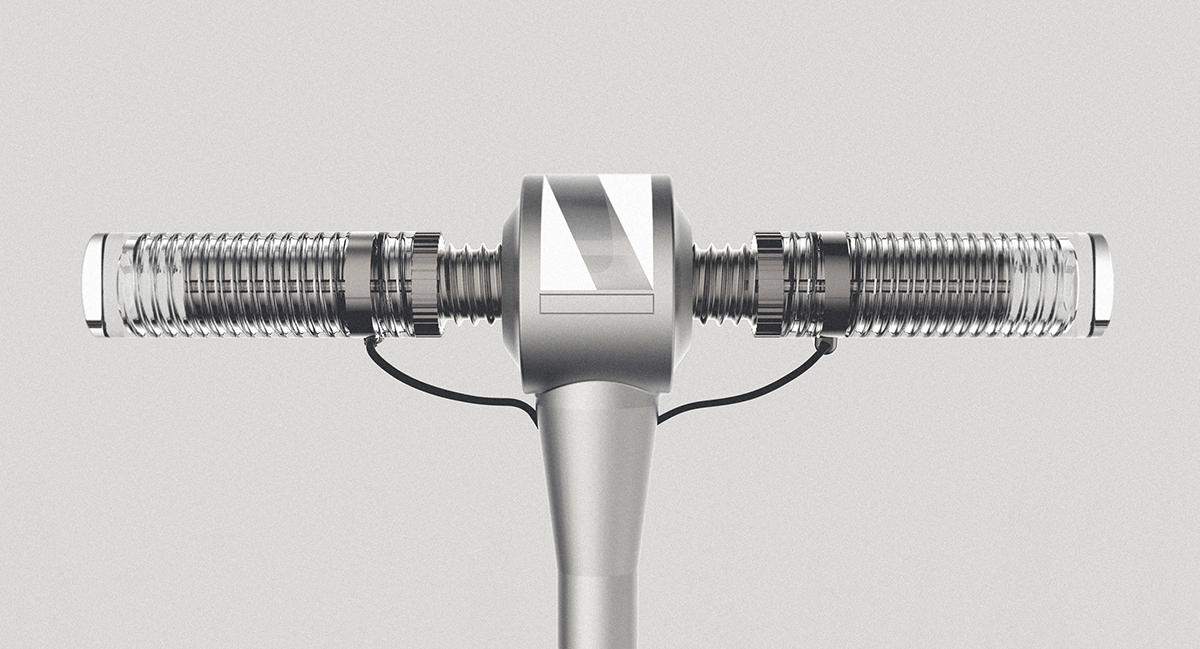
integrated screen in the handlebar shows the speed and the battery level. and there is a "deck-opening button" in the dashboard
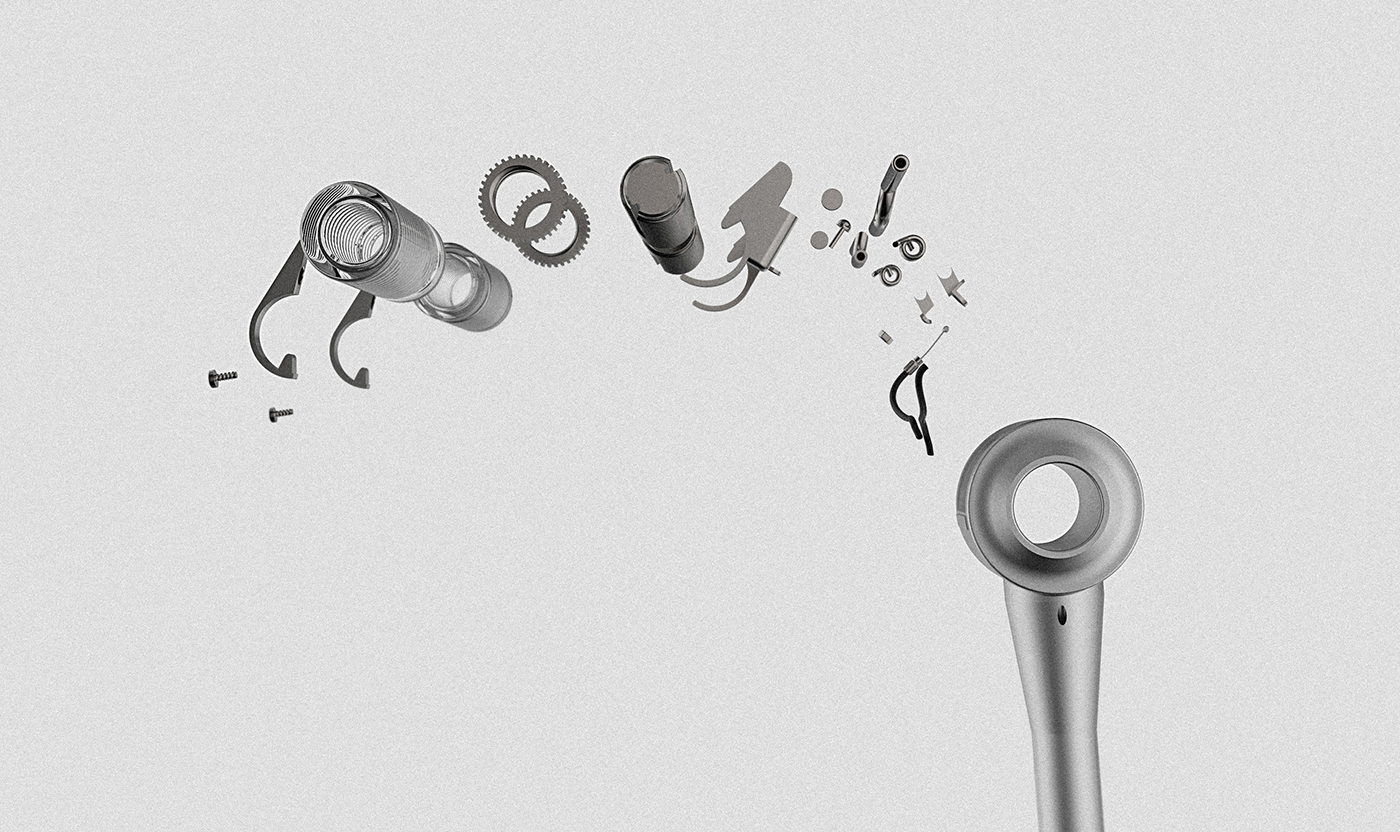
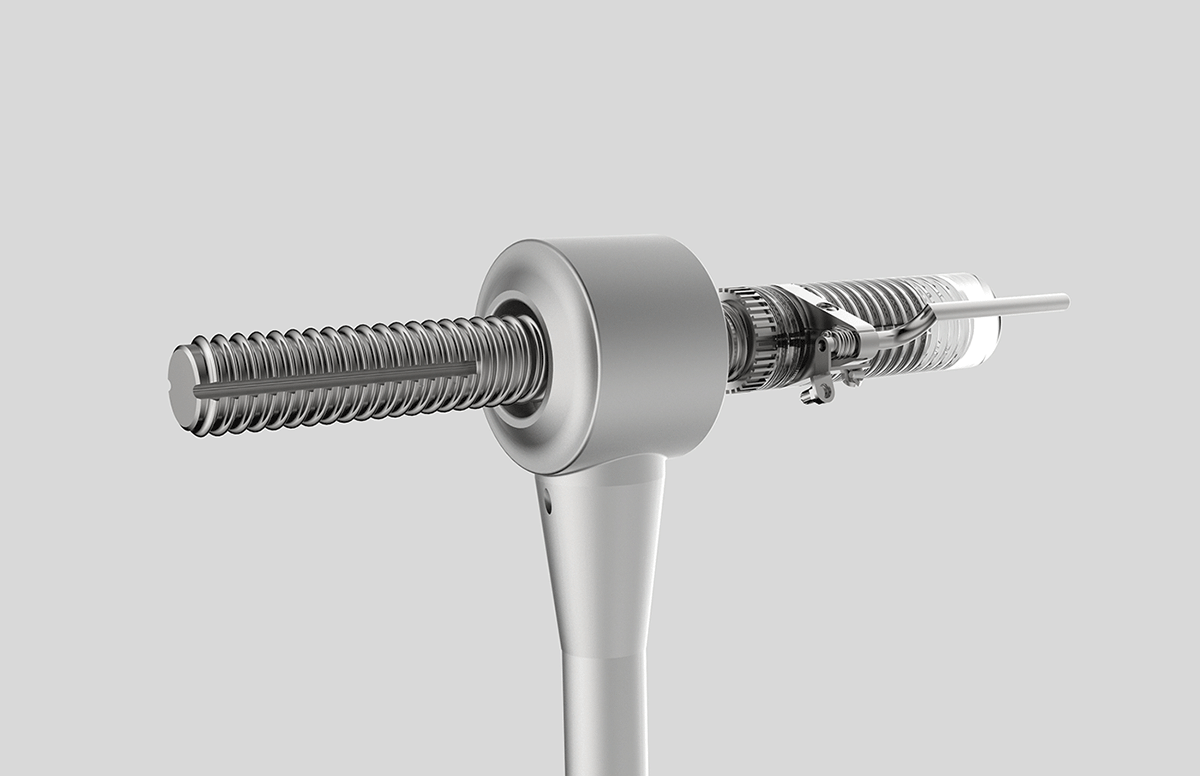
adjustable length - plexiglass twists on the screw thread, the brake and gas handles slide in a rail, but the handlebar also can be fixed by a contra nut.
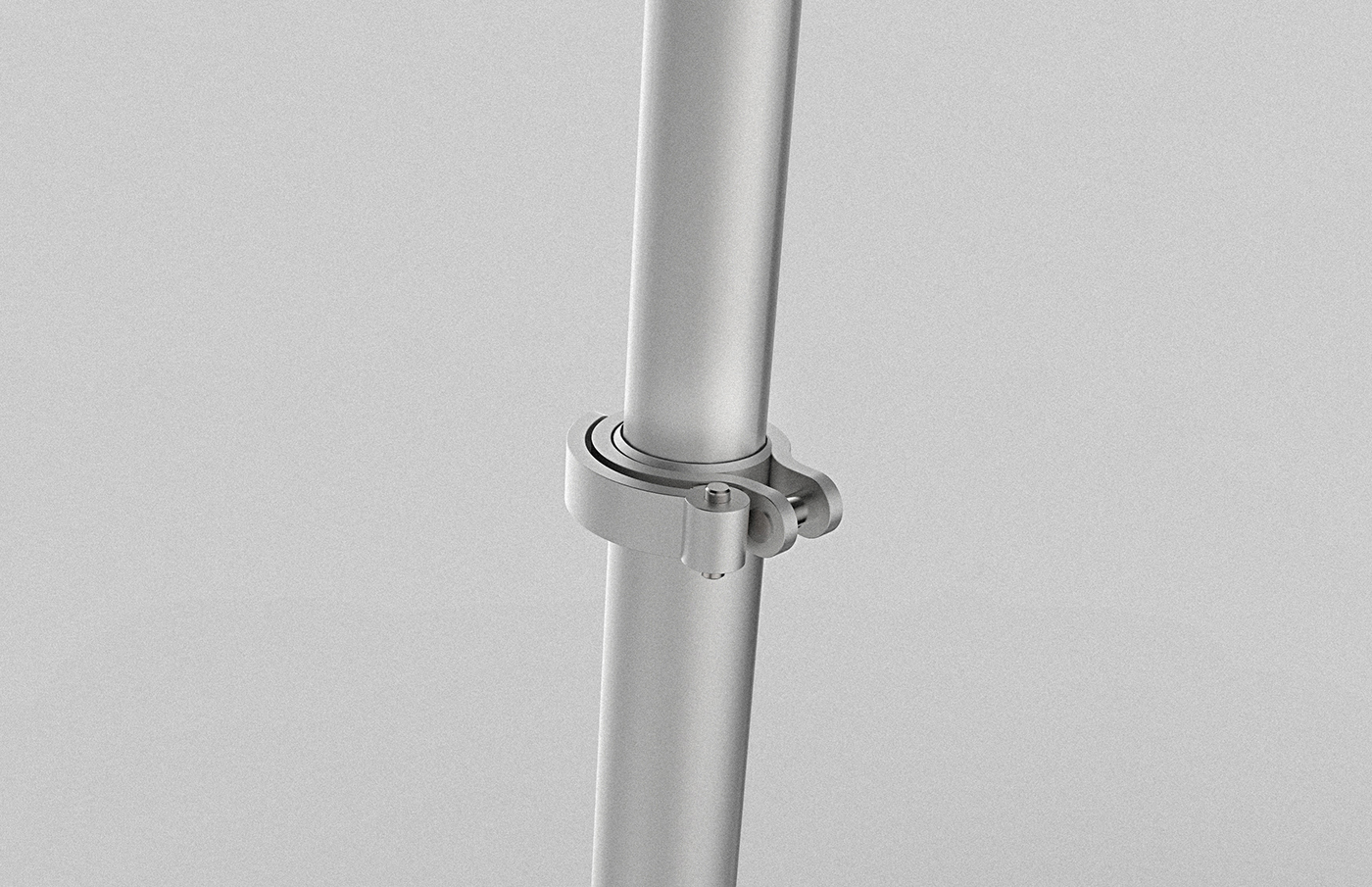
adjustable height
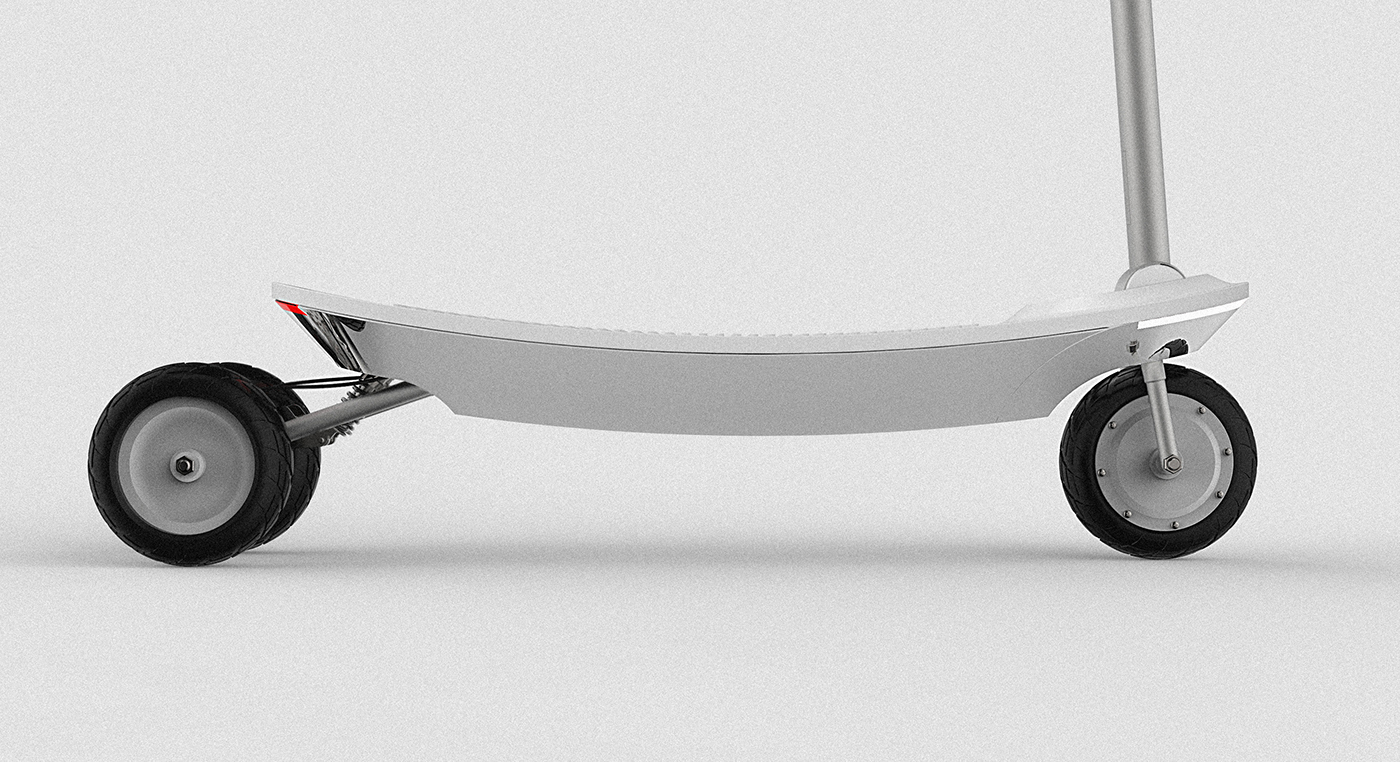
the deck is bended to make a more stable posture on slopes and to reform the standing posture when the propulsion is electric -the "high heel effect" makes the hip forward to prevent the hunched posture. Furthermore, the tactile pattern that the deck is covered with also makes stable and more comfortable the standing.
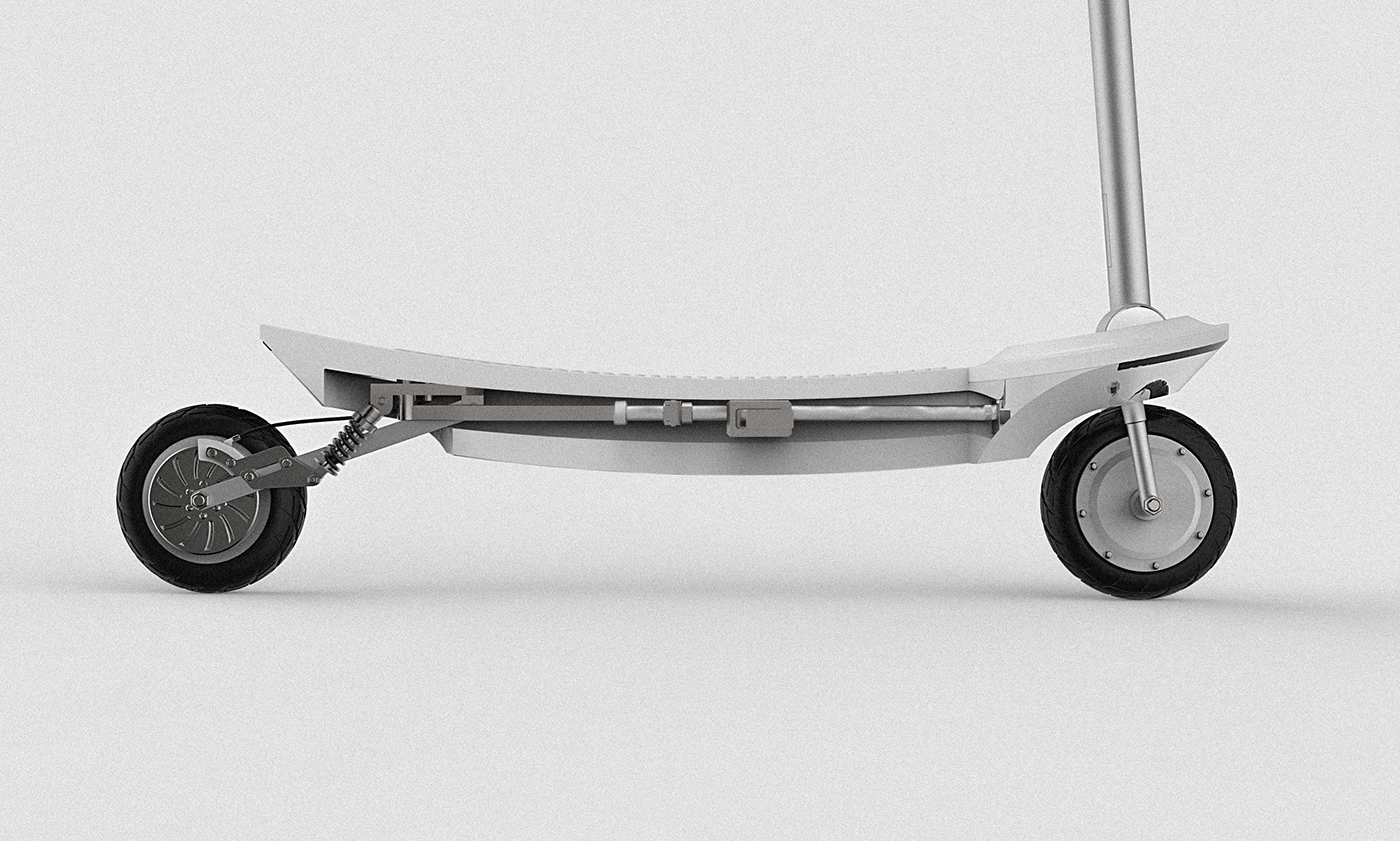
the deck includes the mechanism and the batteries and the first wheel is a generator-engine. you charge your scooter by kicking
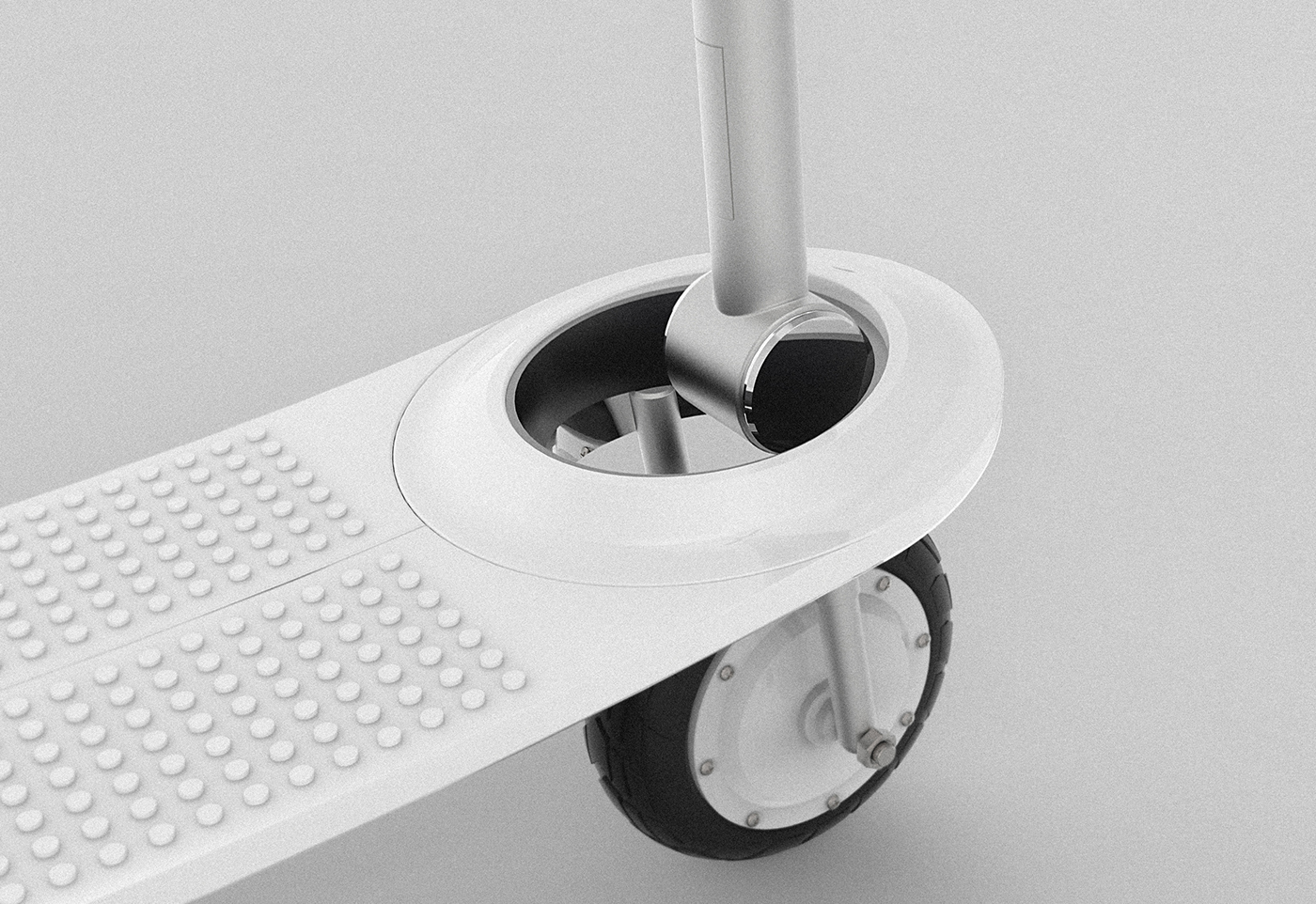
the first wheel ends in a bearing and there is a hidden "folding button" above the wirst.
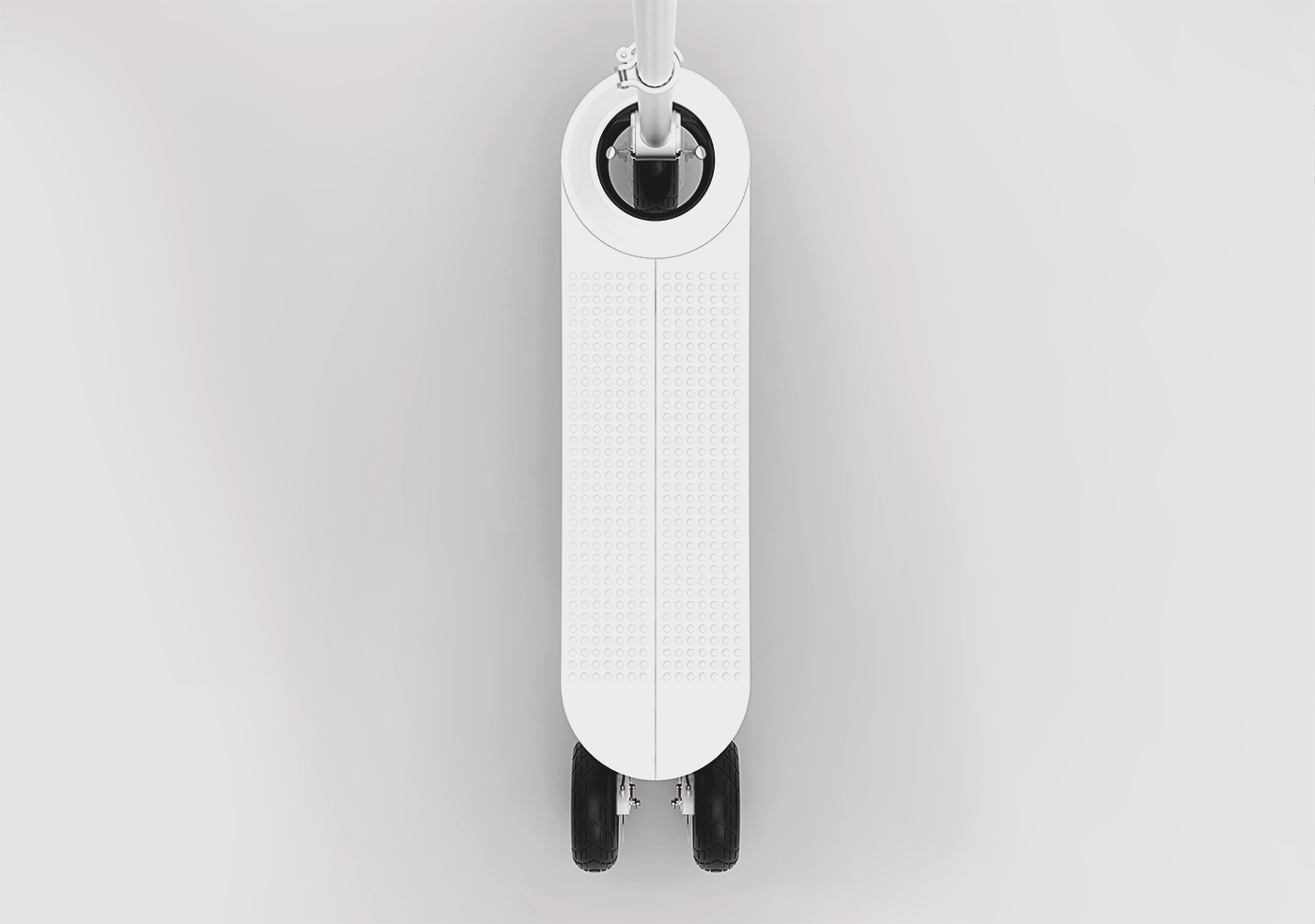
there are three wheels so that the posture can be more stabile and comfortable, and you can open the deck when the propulsion is electric

there is an opening mechanism which keeps the wheels parallel, and an electric scale engine opens the deck
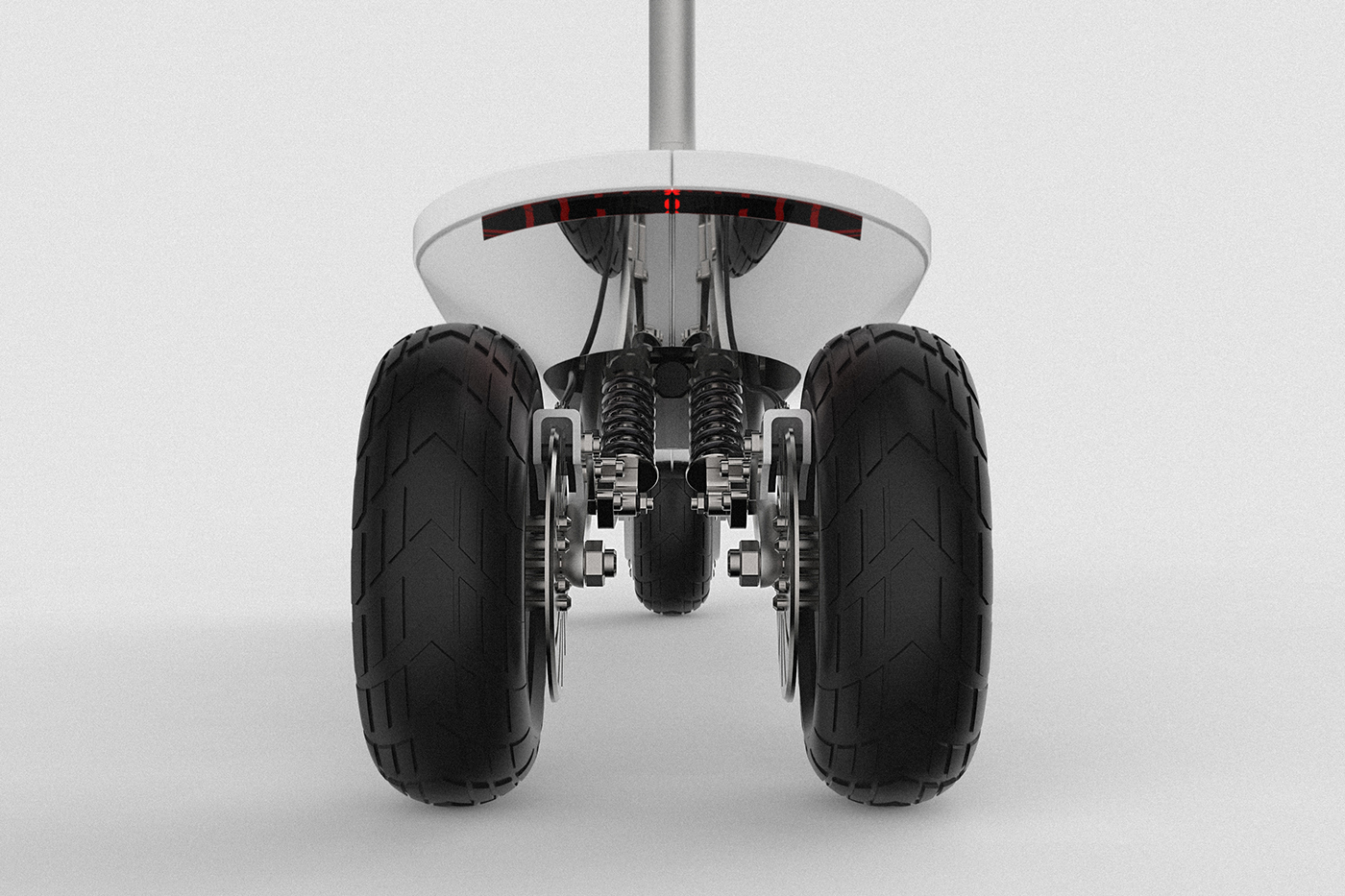
thanks for the disc brake and the back lamp the scooter can be more serious, attractive and safe
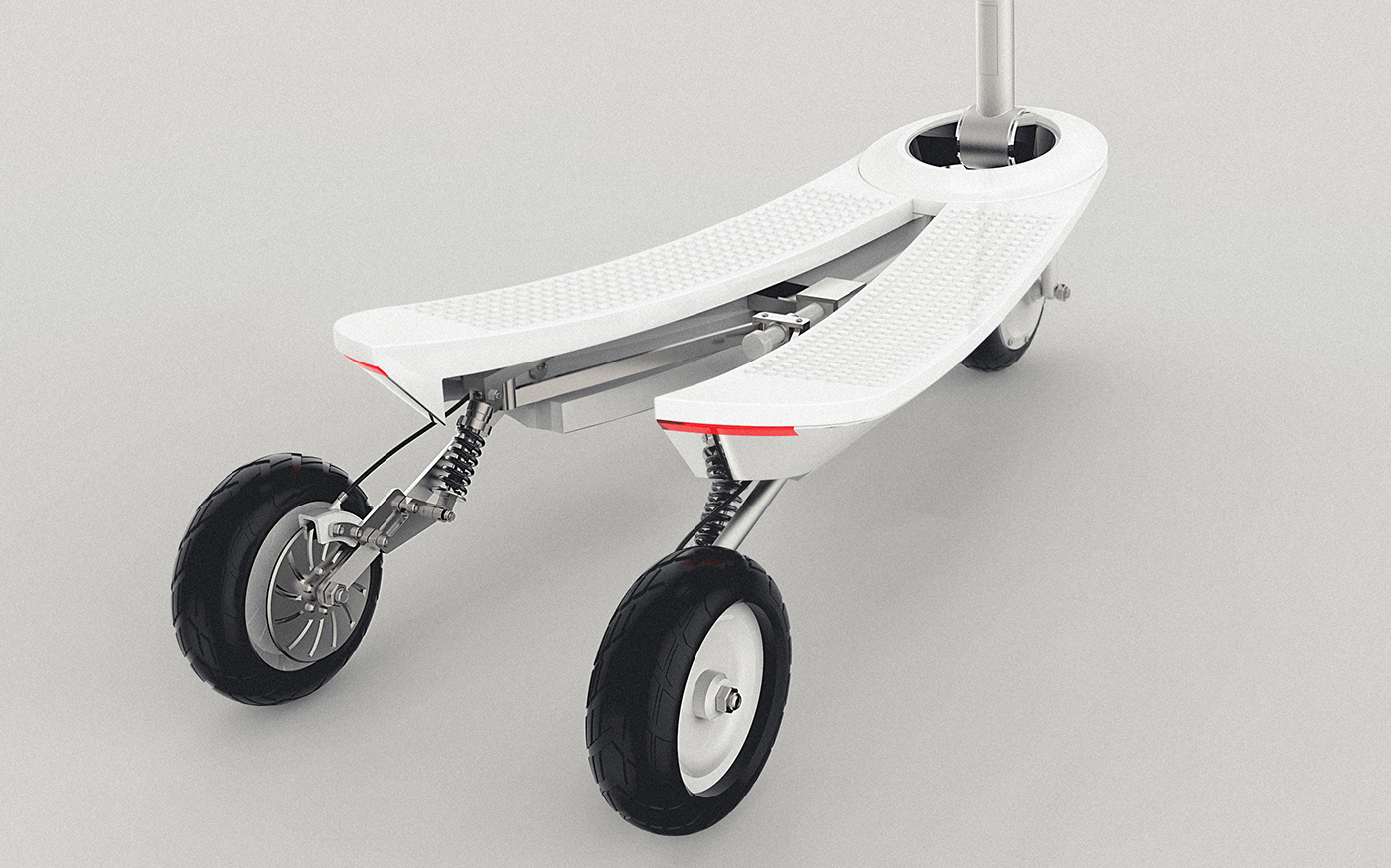
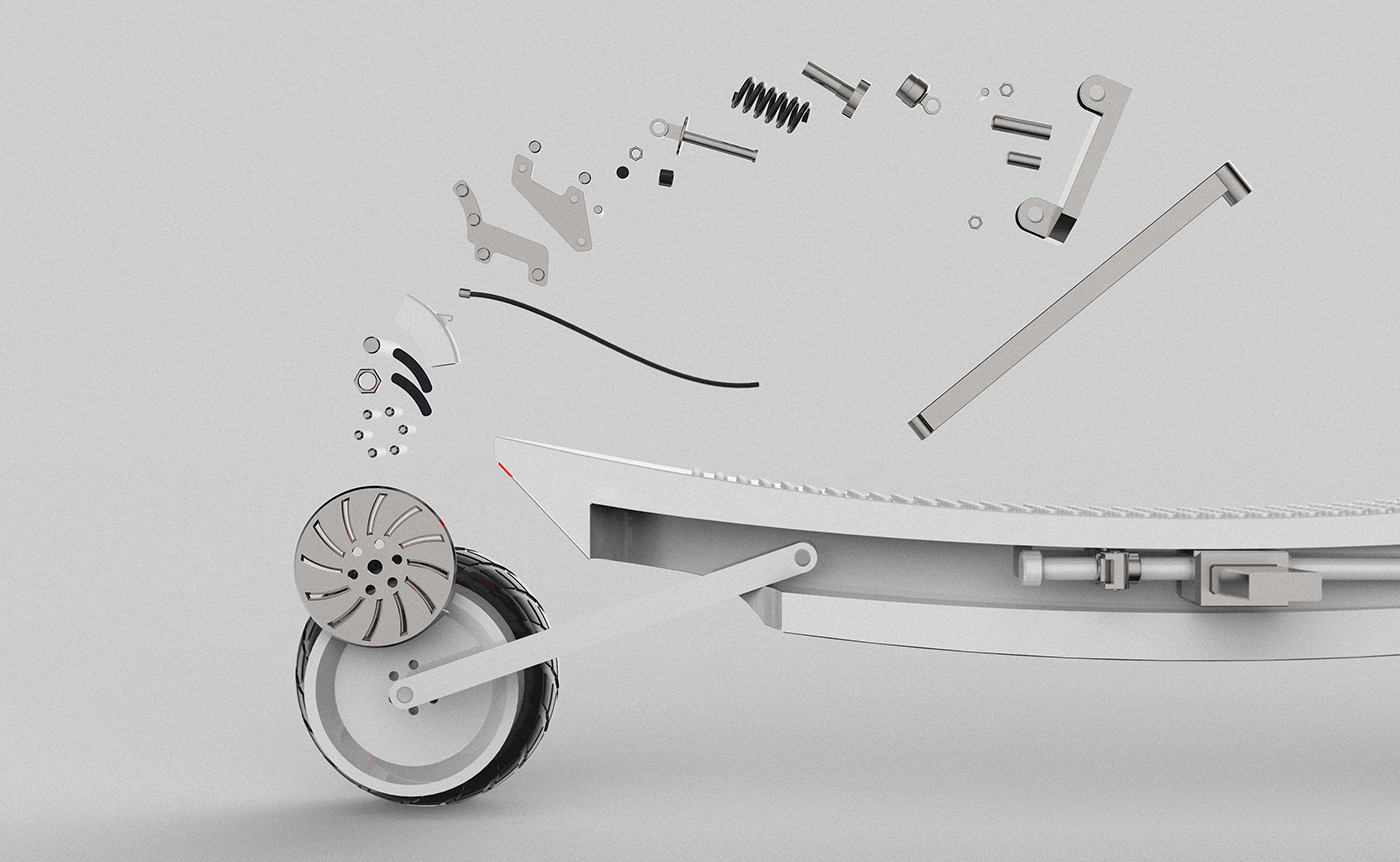
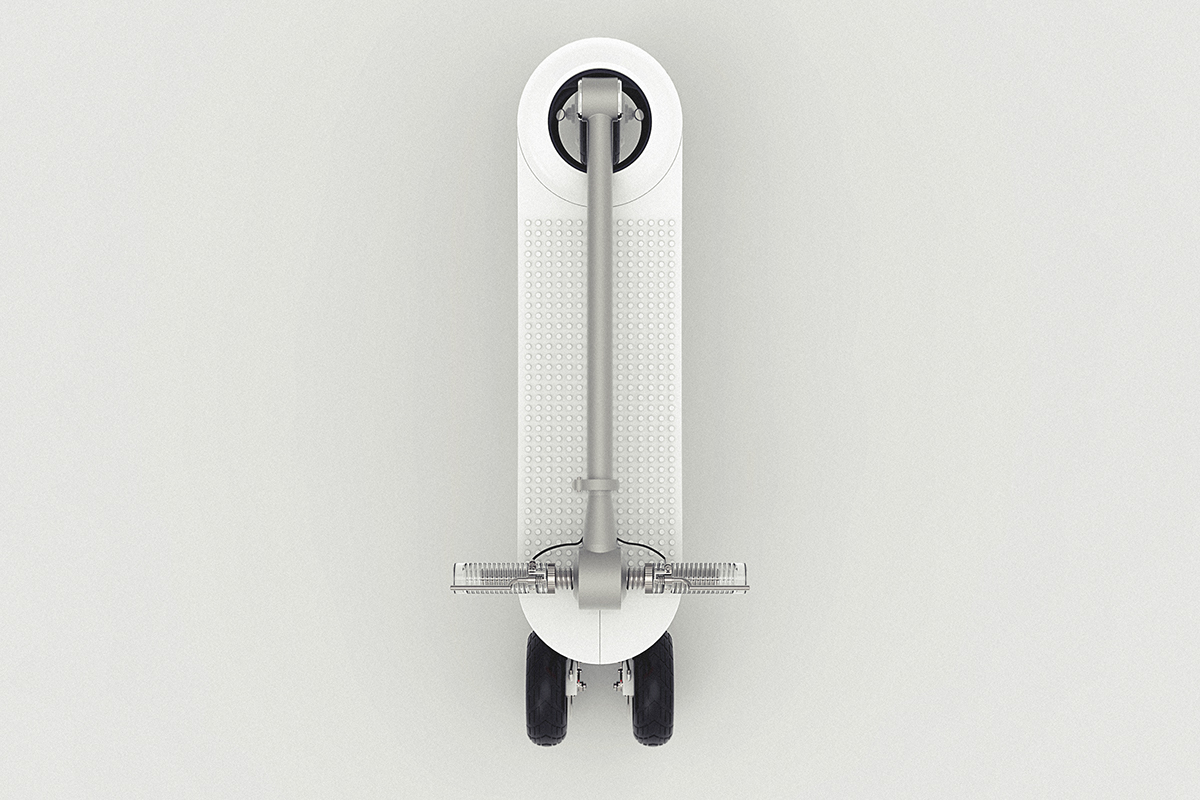
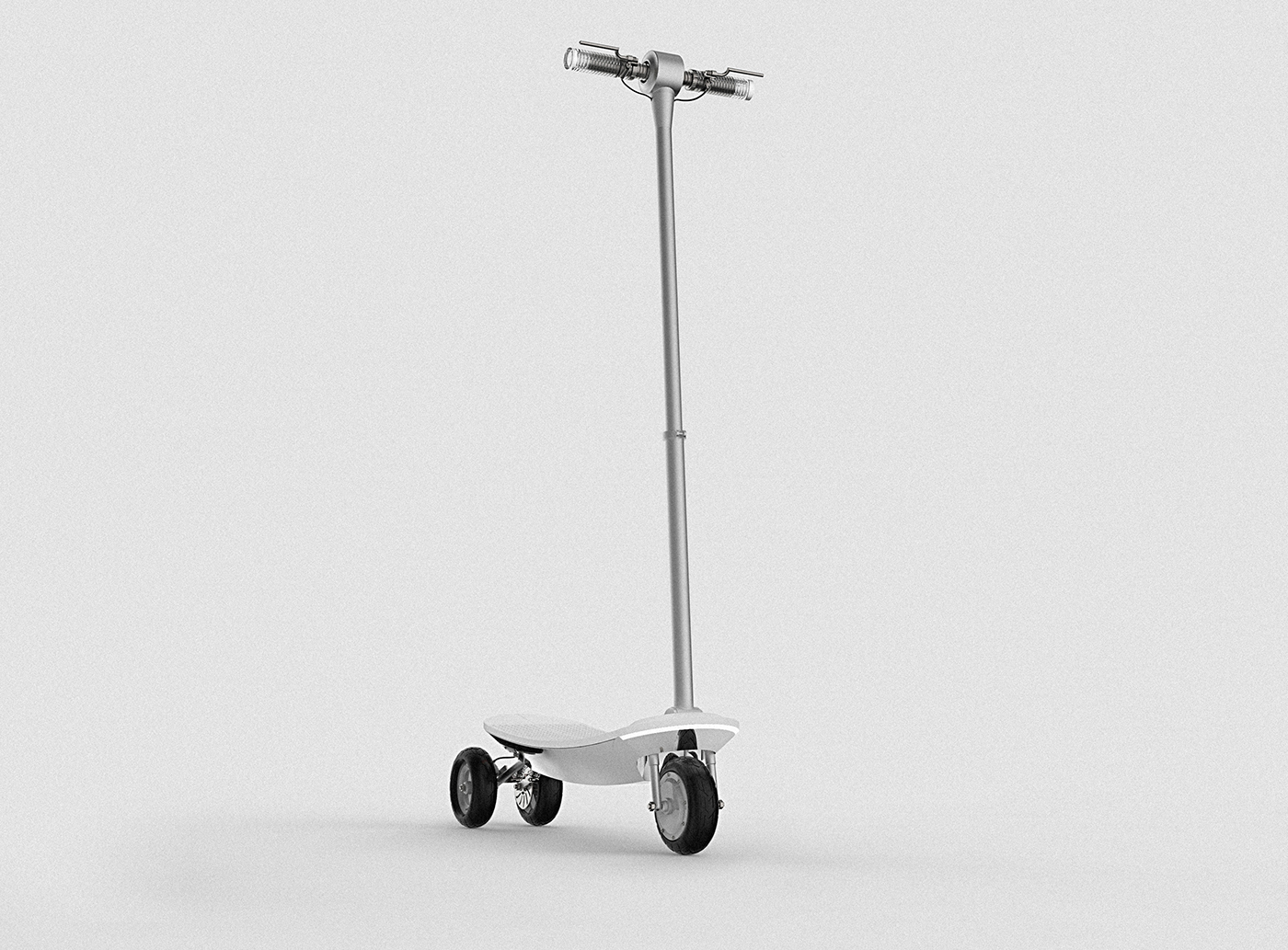
Consultant: Péter Vető
Softwares: Rhino 3D 5.0, Keyshot 5.0, Photoshop CS 6
Designed, modelled & rendered by Annabella Hevesi
2016

